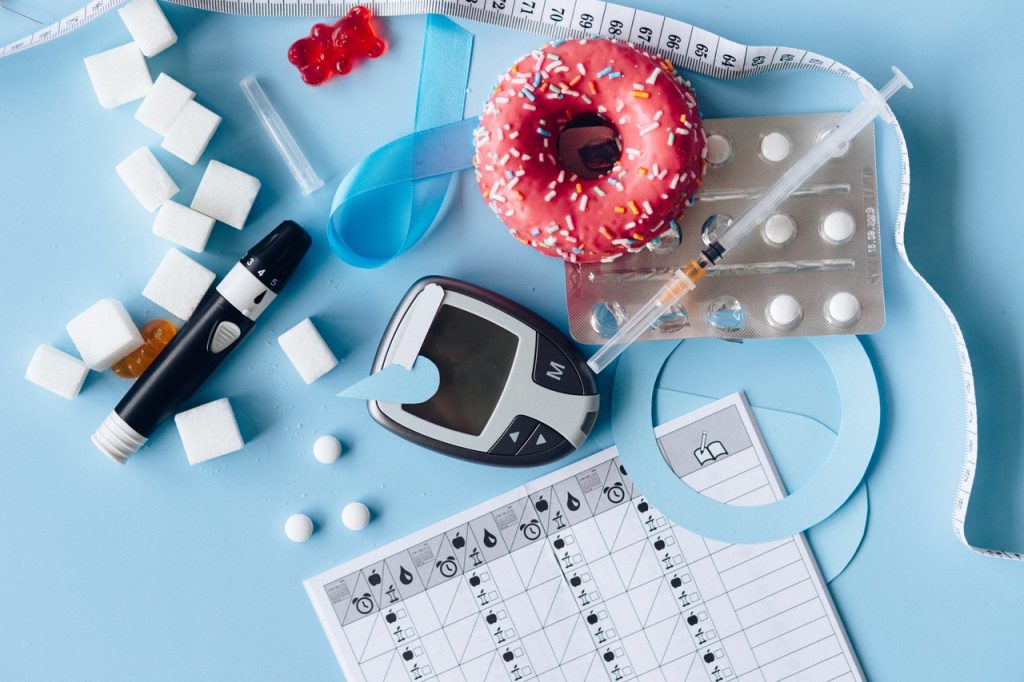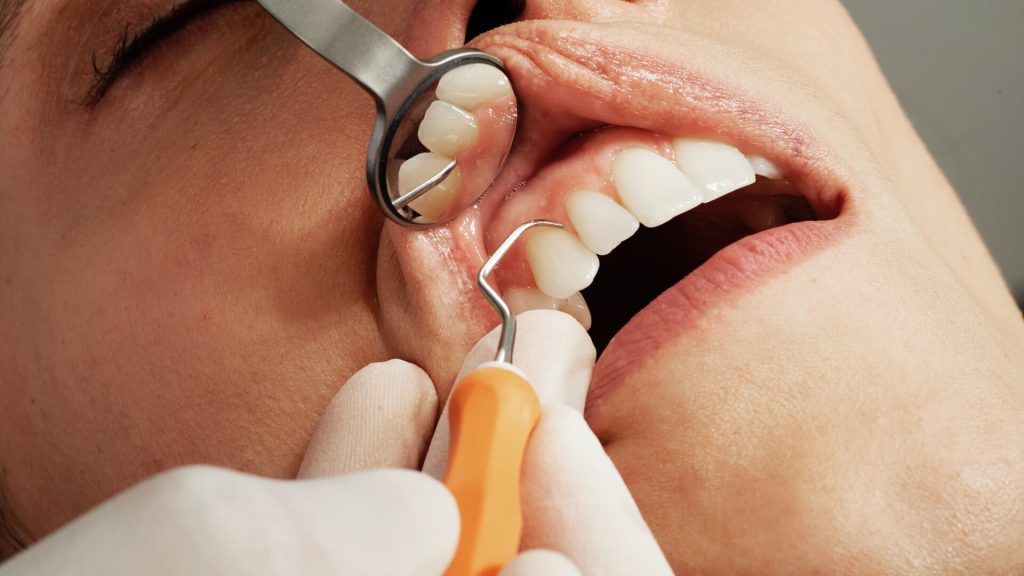Intermittent Fasting Triggers an Anti-inflammatory Response

Intermittent fasting may not only be a hot dieting trend, but it also has broader health benefits, including helping to fight inflammation, according to a new study. The new research shows that intermittent fasting raises the levels of galectin-3, a protein tied to inflammatory response.
Intermittent fasting has previously been shown to possibly improve health markers not related to weight.
“Inflammation is associated with higher risk of developing multiple chronic diseases, including diabetes and heart disease. We’re encouraged to see evidence that intermittent fasting is prompting the body to fight inflammation and lowering those risks,” said Benjamin Horne, PhD, principal investigator of the study and director of cardiovascular and genetic epidemiology at the Intermountain Healthcare Heart Institute.
The findings of the study were presented at the American Heart Association’s Scientific Sessions 2021.
These results form part of Intermountain’s WONDERFUL Trial which is studying intermittent fasting. It found that intermittent fasting causes drops in metabolic syndrome score (MSS) and insulin resistance.
This particular study followed 67 patients aged 21 to 70 who all had at least one metabolic syndrome feature or type 2 diabetes, and were also not taking anti-diabetic or statin medication, and had raised LDL cholesterol levels.
Of the 67 patients studied, 36 were prescribed an intermittent fasting schedule: twice a week water-only 24-hour fasting for four weeks, then once a week water-only 24 hour-fasting for 22 weeks. Fasts could not be done on consecutive days. The remaining 31 participants continued their routines.
After 26 weeks, participants’ galectin-3 was measured, and found to be higher in the intermittent fasting group. Lower rates of HOMA-IR (insulin resistance) and MSS (metabolic syndrome) were found, which researchers believe may be similar to the reported effects of SGLT-2 inhibitors.
“In finding higher levels of galectin-3 in patients who fasted, these results provide an interesting mechanism potentially involved in helping reduce the risk of heart failure and diabetes,” said Dr Horne, who added that a few members of the trial team completed the same regime before the study started to make sure that it was doable and not overly onerous for participants.
“Unlike some IF diet plans that are incredibly restrictive and promise magic weight loss, this isn’t a drastic form of fasting. The best routine is one that patients can stick to over the long term, and this study shows that even occasional fasting can have positive health effects,” he added.
Source: EurekAlert!





